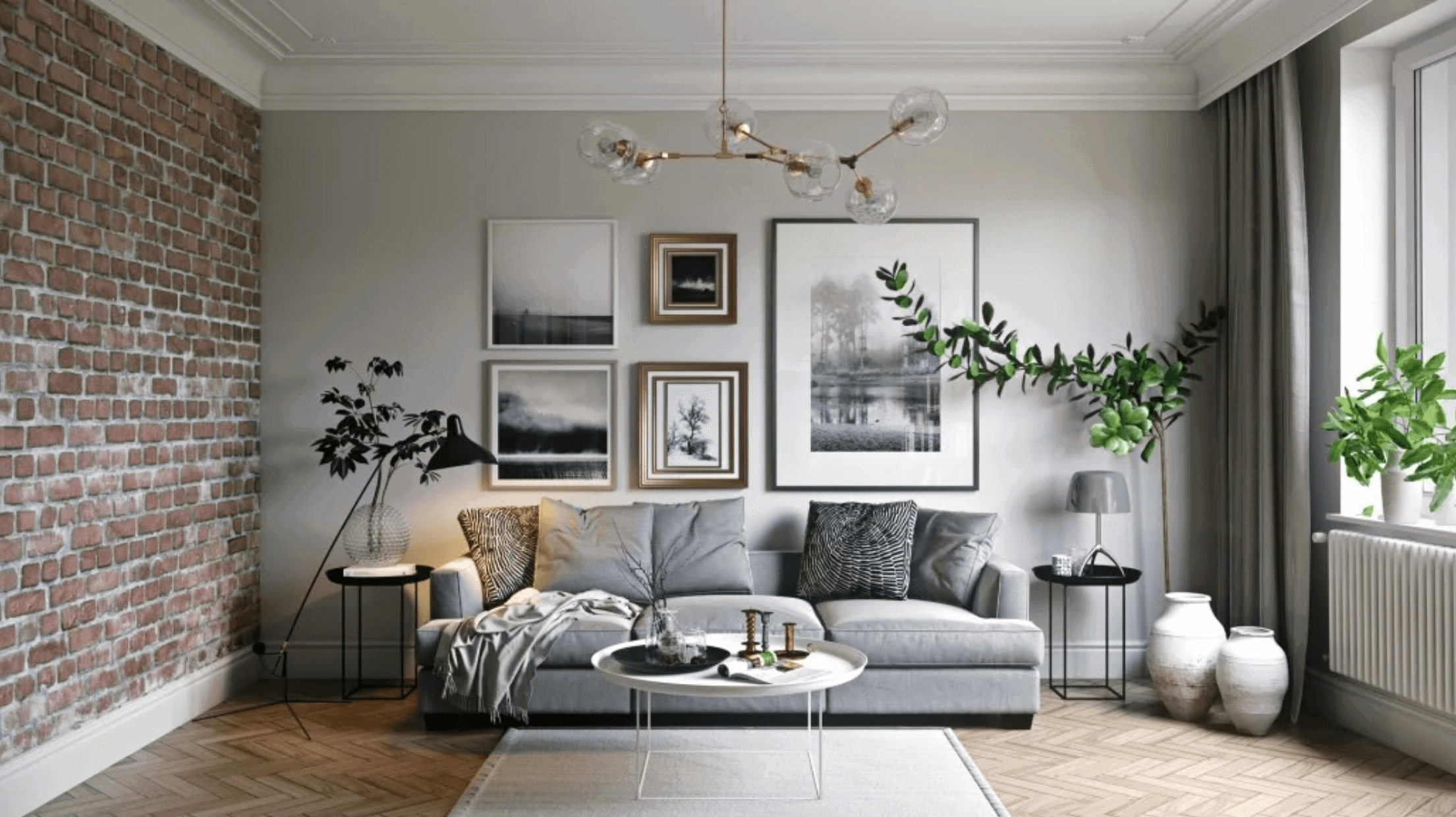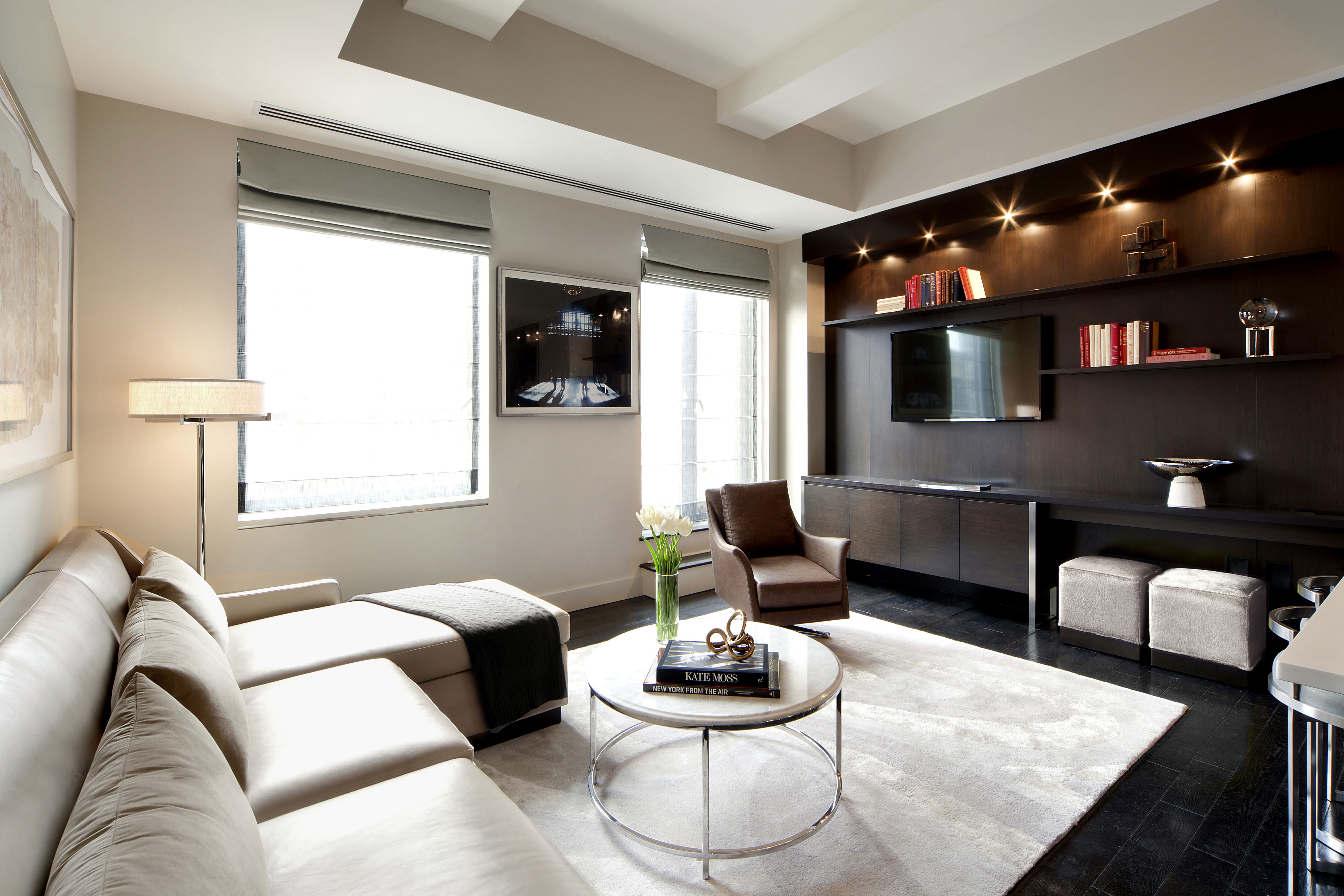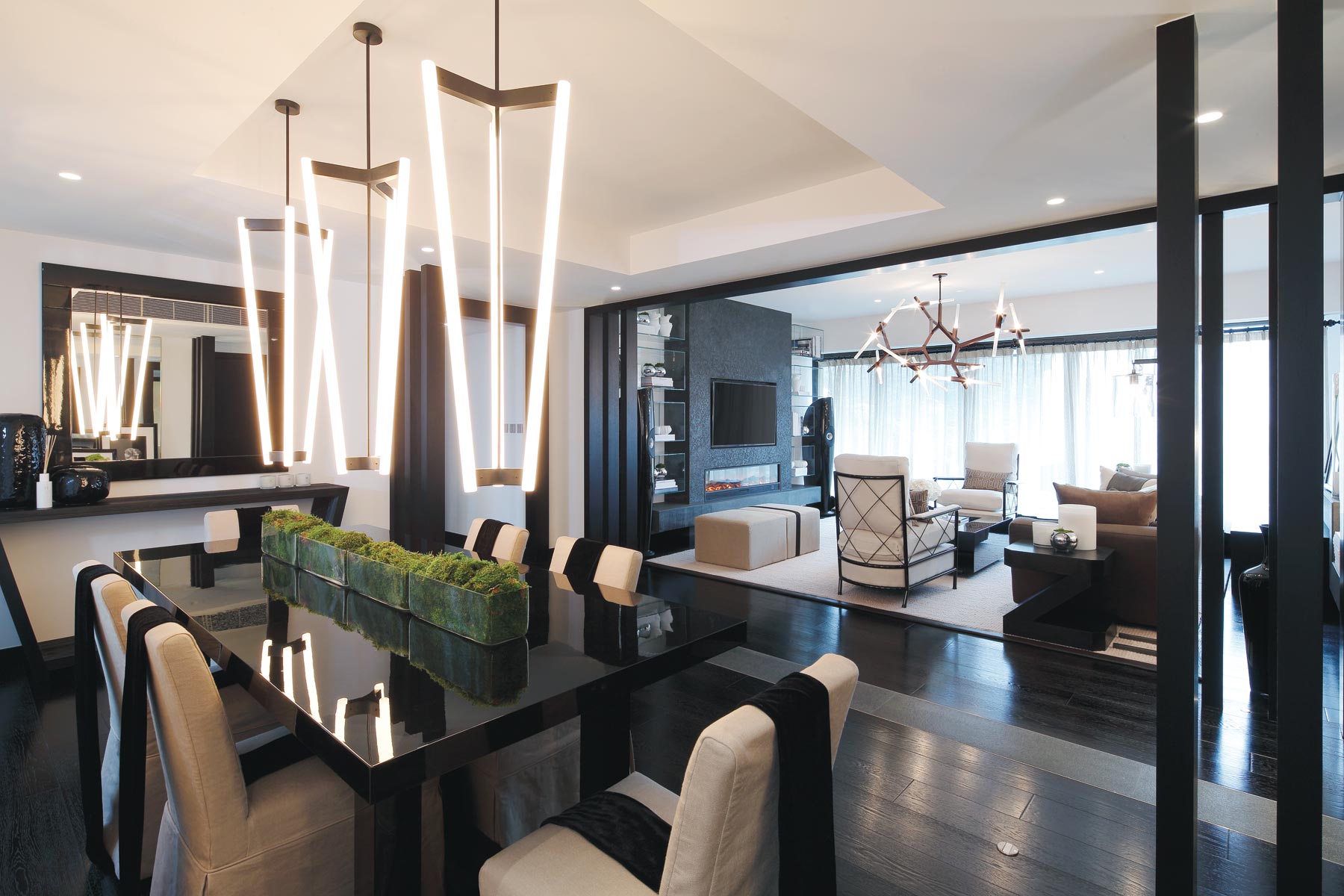Interior Design Trends

Best interior design – The interior design industry is constantly evolving, with new trends emerging every year. These trends are influenced by a variety of factors, including cultural influences, technological advancements, and environmental concerns. In this article, we will discuss some of the latest interior design trends and provide examples of how they can be incorporated into different room designs.
Best interior design encompasses various specializations, one of which is retail interior design. Retail interior design focuses on creating visually appealing and functional spaces for retail establishments, enhancing the customer experience and driving sales. By understanding the target audience, product offerings, and brand identity, retail interior designers craft environments that both attract and engage shoppers, ultimately contributing to the overall success of the business.
One of the most important aspects of interior design is color. The colors you choose for your home can have a significant impact on the overall mood and atmosphere. In recent years, there has been a trend towards using bolder colors, such as deep blues, greens, and reds. These colors can create a dramatic and sophisticated look, but they can also be overwhelming if used incorrectly. If you are not sure how to use bold colors, it is best to start with a few accent pieces and then gradually add more color as you become more comfortable.
Another important trend in interior design is the use of natural materials. Natural materials, such as wood, stone, and leather, can add warmth and character to a space. They can also be used to create a more sustainable home. If you are looking for ways to incorporate natural materials into your home, consider using them for flooring, countertops, or furniture.
Best interior design goes beyond aesthetics; it fosters a sense of well-being and reflects the occupant’s personality. Urban interior design, in particular, captures the essence of city living by incorporating elements that evoke a sense of modernity, functionality, and industrial charm.
From exposed brick walls to sleek metal accents, urban interior design celebrates the raw beauty of urban landscapes while creating a sophisticated and inviting space. Ultimately, the best interior design seamlessly blends style and functionality, transforming a house into a home that is both aesthetically pleasing and comfortable to live in.
Finally, there is a growing trend towards using technology in interior design. Technology can be used to create a more comfortable and convenient home. For example, you can use smart home devices to control your lighting, thermostat, and security system. You can also use technology to create a more personalized home. For example, you can use a projector to display your favorite photos and videos on the wall.
Color Palettes
- Bold colors, such as deep blues, greens, and reds, are becoming increasingly popular.
- Natural colors, such as whites, creams, and beiges, are always a classic choice.
- Earthy colors, such as browns, greens, and oranges, can create a warm and inviting atmosphere.
- Cool colors, such as blues, greens, and purples, can create a calming and relaxing atmosphere.
Furniture Styles
- Mid-century modern furniture is characterized by its clean lines and simple forms.
- Scandinavian furniture is known for its functionality and simplicity.
- Industrial furniture is made from raw materials, such as metal and wood.
- Bohemian furniture is characterized by its eclectic mix of colors and patterns.
Decorative Accents
- Statement lighting can add a touch of drama to a room.
- Artwork can add personality and style to a space.
- Textiles, such as rugs, curtains, and pillows, can add color and texture to a room.
- Plants can add life and freshness to a space.
Elements of Interior Design: Best Interior Design

Interior design involves manipulating the fundamental elements of line, shape, color, texture, and space to create visually appealing and functional spaces. These elements interact harmoniously to establish the overall ambiance and functionality of an interior.
Line, Best interior design
Lines define the contours and directionality of an interior. They can be straight, curved, or a combination of both. Horizontal lines create a sense of stability and calmness, while vertical lines evoke height and grandeur. Diagonal lines introduce dynamism and energy into a space.
Shape
Shapes encompass the two-dimensional forms within an interior. Geometric shapes, such as squares and circles, provide structure and order, while organic shapes, like those found in nature, add a touch of fluidity and whimsy. The interplay of shapes creates visual interest and variety.
Color
Color is a powerful tool that influences the mood and atmosphere of a space. Warm colors, such as red and orange, evoke energy and excitement, while cool colors, such as blue and green, promote tranquility and relaxation. Color schemes can be monochromatic, analogous, or complementary, each creating a distinct aesthetic.
Texture
Texture adds depth and tactile interest to an interior. Smooth surfaces, such as polished wood or glass, create a sleek and modern look, while rough textures, like stone or burlap, introduce a rustic and cozy ambiance. Contrasting textures create visual intrigue and can highlight specific elements of a space.
Space
Space refers to the three-dimensional volume of an interior. It can be divided into positive space, which is occupied by objects and furniture, and negative space, which is the empty area around them. Proper space planning ensures that a room feels balanced, functional, and aesthetically pleasing.
Interior Design Styles

Interior design styles are a reflection of personal taste and lifestyle, influenced by cultural, historical, and geographic factors. From classic to contemporary, each style embodies a unique set of principles that guide the selection of furniture, color schemes, and decorative elements.
Over time, interior design styles have evolved, blending elements from different eras and cultures to create eclectic and personalized spaces. Understanding the key characteristics of each style empowers individuals to create cohesive and visually appealing interiors that reflect their aspirations.
Modern Style
- Clean lines, geometric shapes, and neutral color palettes define modern style.
- Furniture is functional and often features built-in storage, while textiles are typically simple and unpatterned.
- Natural materials such as wood, metal, and glass are commonly used, creating a sense of spaciousness and light.
Contemporary Style
- Contemporary style is characterized by its focus on current trends and innovative design.
- Bold colors, unique textures, and statement pieces are often incorporated, creating a dynamic and eclectic atmosphere.
- Furniture may be a mix of modern and traditional styles, with an emphasis on comfort and functionality.
Traditional Style
- Traditional style draws inspiration from historical periods, such as the Victorian, Georgian, and French Country eras.
- Ornate furniture, rich fabrics, and elaborate moldings are common features, creating a sense of warmth and sophistication.
- Color schemes are often muted, with a focus on neutrals and jewel tones.
Eclectic Style
- Eclectic style embraces a mix of elements from different styles, creating a unique and personalized space.
- Bold patterns, vibrant colors, and unusual furniture pieces are often combined to create a visually stimulating environment.
- Eclectic style allows for a great deal of creativity and self-expression.